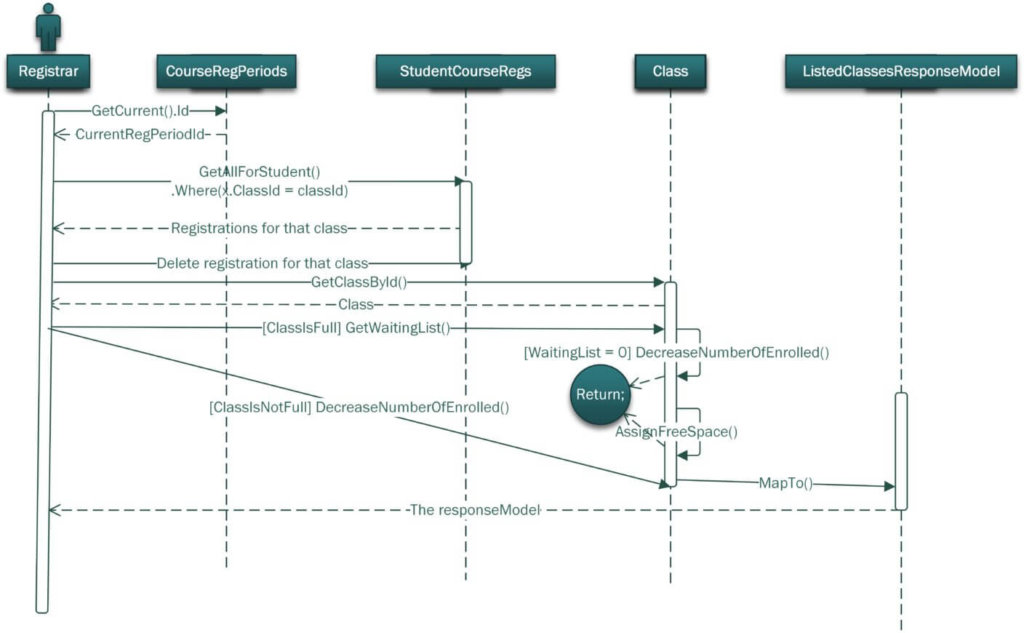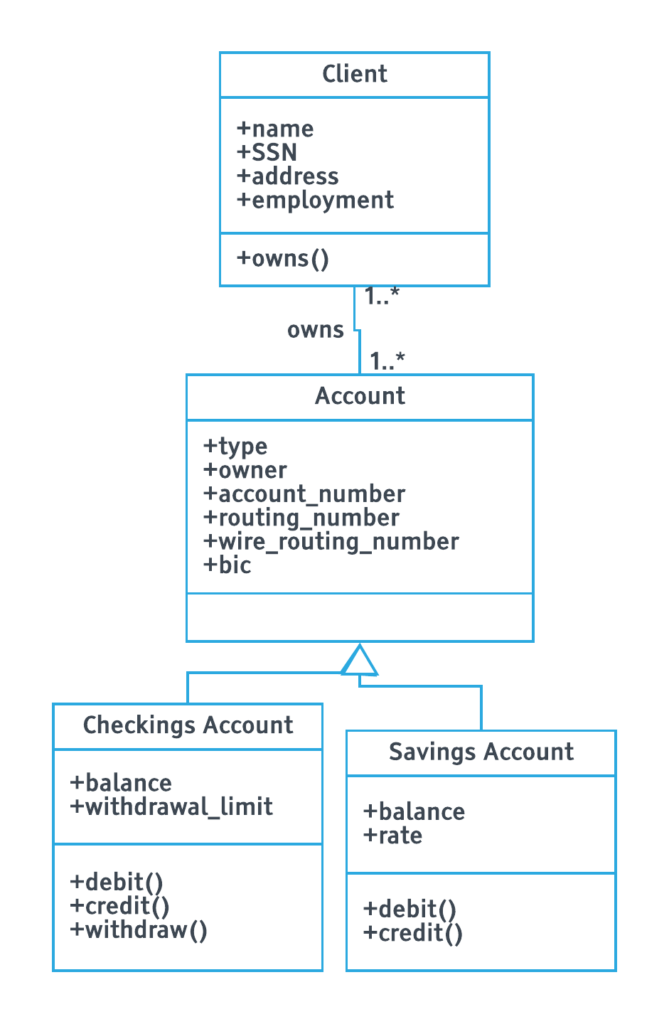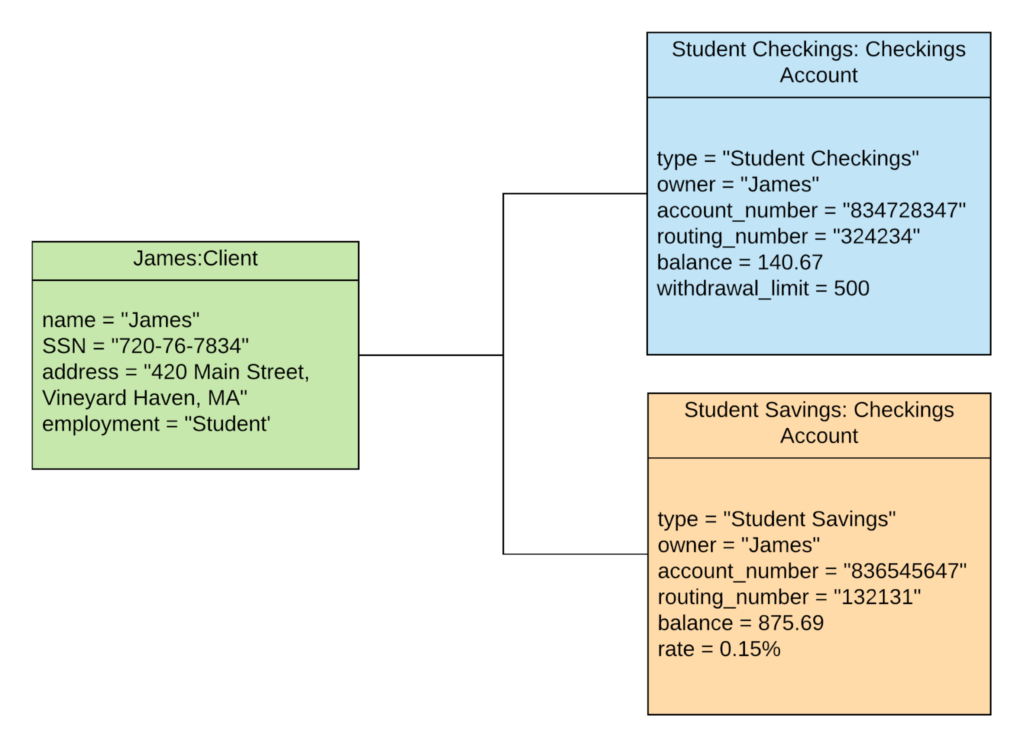--Originally published at Hackerman's house
UML stands for Unified Modeling Language. It is one of the most popular process modeling techniques. It represents software components utilizing a diagrammatic representation. It is mainly used because of the easy understanding of the representation. One advantage of UML is that in can be used to represent different types of processes; it is standardized, this means that everyone that learns UML can understand the design of other people, besides this, this language provides with a wide range of features that can improve the readability and efficacy of your project.
UML diagrams can be divided in many categories. I’ll be listing 3 of the more important.
Sequence Diagram
These are probably the most important UML diagrams, and can be used in business application development as well as in computer science. They describe the sequence of messages and interactions between actors and objects, it is characterized because they are represented in a chronological manner. It is used to understand how the system works from start to finish, and how the actors take part in the process.

Class diagrams
It is a common diagram because most of the software is Object Oriented. Class diagrams contain classes, attributes and behaviors, this means each class is divided in these 3 fields. The relation between the classes is represented as well in this diagram, inheritance is also depicted in this diagram.

Object diagrams
These diagrams are used to check whether the generic structure of the class diagram works. It is based on the class diagram, but depicts specific objects of the classes created earlier; all the values for the attributes of the object are assigned.

Reference:

